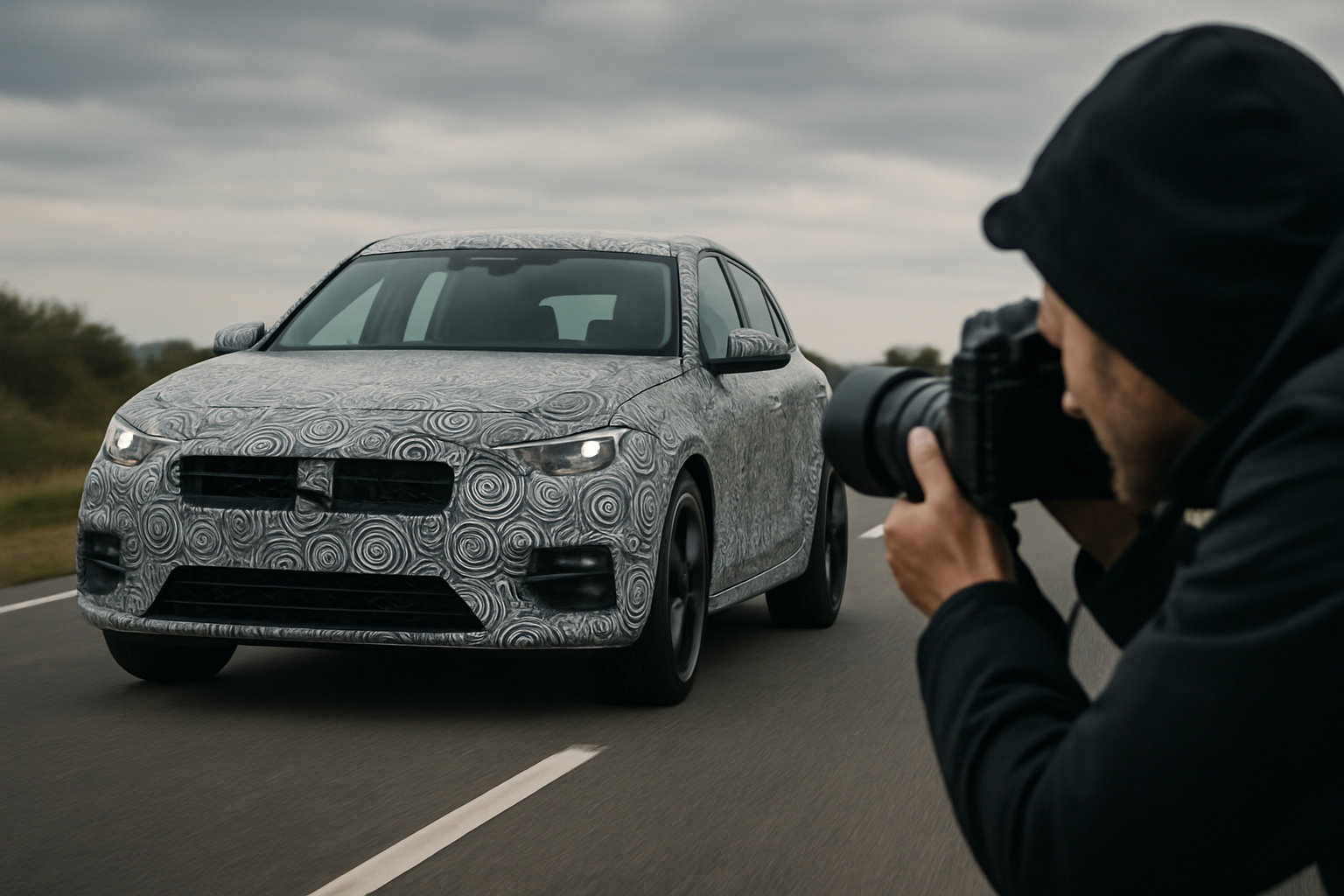The Hidden World of Automotive Camouflage
Deception on wheels, strategic concealment, and automotive espionage – welcome to the fascinating realm of automotive camouflage. This lesser-known aspect of the automotive industry plays a crucial role in protecting manufacturers' closely guarded secrets while allowing real-world testing of upcoming models. From swirling patterns to bulky padding, the art and science of disguising prototype vehicles have evolved into a sophisticated practice that blends creativity, engineering, and psychology.

The Science Behind the Swirls
Modern automotive camouflage is far more than just random patterns slapped onto a car body. The designs are carefully crafted to confuse the human eye and camera lenses alike. The most common type of camouflage uses a black and white swirl pattern, often referred to as dazzle camouflage. This technique, inspired by military ship camouflage from World War I, works by breaking up the vehicle’s lines and making it difficult to discern its true shape and proportions.
High-Tech Tricks of the Trade
As technology advances, so do camouflage techniques. Some manufacturers use LED lights embedded in the camouflage wrap to create optical illusions, making it nearly impossible to capture clear images of the vehicle’s true form. Others employ shape-shifting body panels that can be adjusted to alter the car’s silhouette, misleading observers about its actual dimensions and design features. These high-tech solutions represent the cutting edge of automotive camouflage, blending traditional concealment methods with advanced materials and electronics.
The Psychology of Perception
Automotive camouflage isn’t just about physical concealment; it’s also a psychological game. Designers often incorporate false body panels, exaggerated features, or misleading design elements to create confusion about the vehicle’s true nature. This mind game extends beyond visual trickery – some manufacturers intentionally leak false information or create decoy vehicles to throw off competitors and automotive journalists. The goal is not just to hide the vehicle but to actively misdirect attention and create uncertainty about what’s really being tested.
The Cat-and-Mouse Game with Spy Photographers
The relationship between automotive manufacturers and spy photographers is a complex dance of secrecy and revelation. Spy photographers, armed with long-range lenses and often operating in remote locations, attempt to capture images of camouflaged prototypes. This has led to an ongoing arms race, with manufacturers constantly innovating new camouflage techniques to stay one step ahead. Some companies have even embraced this dynamic, using strategically “leaked” spy shots as part of their marketing strategy, building hype for upcoming models while still maintaining an air of mystery.
Impact on Automotive Design and Testing
The necessity for camouflage has a significant impact on the automotive design and testing process. Engineers must ensure that the camouflage doesn’t interfere with the vehicle’s performance or safety features during real-world testing. This challenge has led to innovations in materials and application techniques that allow for comprehensive testing while maintaining secrecy. Additionally, the need for camouflage has influenced how manufacturers approach the entire product development cycle, from early design stages to final pre-production testing.
The Future of Automotive Disguise
As we look to the future, the world of automotive camouflage continues to evolve. With the rise of digital rendering technologies and virtual testing environments, some speculate that the need for physical camouflage may diminish. However, others argue that real-world testing will always be necessary, ensuring that automotive camouflage will remain a crucial part of the industry. Emerging technologies like adaptive camouflage, inspired by nature’s masters of disguise like chameleons, could revolutionize how prototype vehicles are concealed in the coming years.
Conclusion
The hidden world of automotive camouflage represents a fascinating intersection of design, engineering, psychology, and marketing. It’s a testament to the automotive industry’s competitive nature and the immense value placed on innovation and secrecy. As we continue to push the boundaries of automotive technology, the techniques used to keep these advancements under wraps will undoubtedly evolve, maintaining the intrigue and excitement that surrounds the unveiling of new vehicles. The next time you spot a bizarrely patterned car on the road, remember – you’re witnessing a small part of the automotive industry’s grand illusion, a crucial step in bringing the cars of tomorrow to life.





